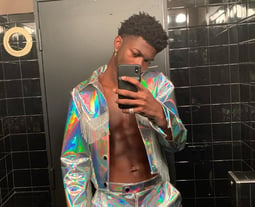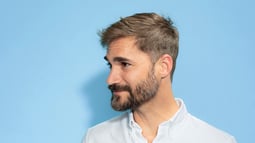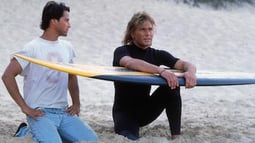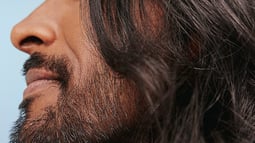
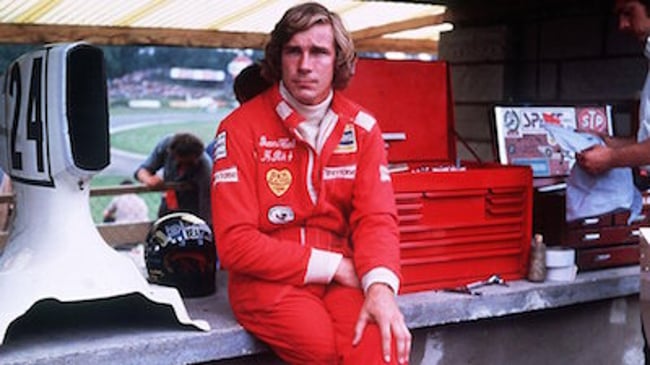
How to Stay Stylish After Taking Off Your Helmet
Photos Getty Images
Words Antoine Grenapin
Share the article on
We went to the source: racing drivers!
Summary
Whether it’s by motorbike, scooter or bicycle, lots of men wear a helmet for their daily commute in the city. But can wearing one for several hours a day affect your hair? To find out, Horace asked racing drivers, the kind of guys who drive Endurance prototypes or Formula 1 cars that reach speeds of 300 km/h on circuits around the world, and who, obviously, wear a helmet for professional reasons.
Short hair is a great start
Recent winner of the Le Mans 24 Hours with Porsche, Frenchman Romain Dumas intentionally keeps his hair short. "This allows me to avoid any problems," he smiles. "During races, with the heat from the machines and physical exertion, we all tend to sweat a lot, which weakens us physically and can have consequences for our hair." "Many of us have short hair to avoid being bothered by the effects of sweat," corroborates Swiss driver Sébastien Buemi, a test driver at Red Bull in F1 and a member of the Toyota team in Endurance.
Beware of sweat
A motorsport-loving hairstylist who we met in the paddock was also reassuring. "In itself, wearing a helmet has no effect on your hair. Whether it’s curly, fine, or straight, it won’t damage hair. However, it is important to consider the impact of sweat on the scalp." Indeed, sweat can dry out your hair (as it would with your skin), making it duller.
The most experienced drivers know this well. In Formula 1, at the end of races, the top three drivers gather in a waiting room near the podium. There, in addition to having refreshments, they all benefit from several towels, some of which are pre-moistened. "Most drivers use one to pat their face and the other to dry their hair," confides a former driver. This is the case for Briton Lewis Hamilton, who sits in the front row of fashion shows with as much ease as in his racing seat. "Lewis does everything to ensure that his hair is not too affected by the exertion after a race," observes an English journalist familiar with the paddocks. "He prefers short haircuts that don't require a lot of effort to regain their usual shape when he takes off his helmet."
Products to avoid
More generally, styling products are particularly discouraged before putting on a helmet. "Foams or gels will become moist with sweat and further irritate the scalp," emphasizes our hairstylist and motorsport enthusiast. "And for hygiene reasons, that's really not advisable!" However, all the drivers interviewed by Horace insist on the need for a thorough shampoo at the end of race days.
Also, for all those who want to maintain a neat appearance in all circumstances, a low-hold product can obviously be used after removing your helmet. "In F1 or Endurance, I don't know any professional drivers who pay that much attention," notes Mark Webber, the Australian with 217 Grand Prix races under his belt, notably for Jaguar and Red Bull.
A question of era, and competitions
Mark Webber, also a fan of short hair, continues: "in American races like IndyCar, some drivers are much more careful than in world championships." This is the case with Brazilian Hélio Castroneves, a three-time winner of the Indianapolis 500, known for his perfectly groomed hair even after getting out of his single-seater.
"Racing drivers ultimately follow major trends in haircuts, which shows that hair doesn't suffer much from being confined in a helmet," recalls a former F1 driver. "In the 1970s, 1980s, and early 1990s, they all sported long hair, sideburns, and didn't seem to pay much attention to it. Now, we pay more attention to appearance, and short hair ultimately offers an easy solution to be put back in place on the podium after a race."
QSo how does this help you, our non-racing driver readers? Whether you wear a helmet in the city or whether you’re a thrillseeker like some drivers, it’s all about keeping a short haircut. Minimum fuss, and it ensures that you remain impeccable when you take off your helmet.

